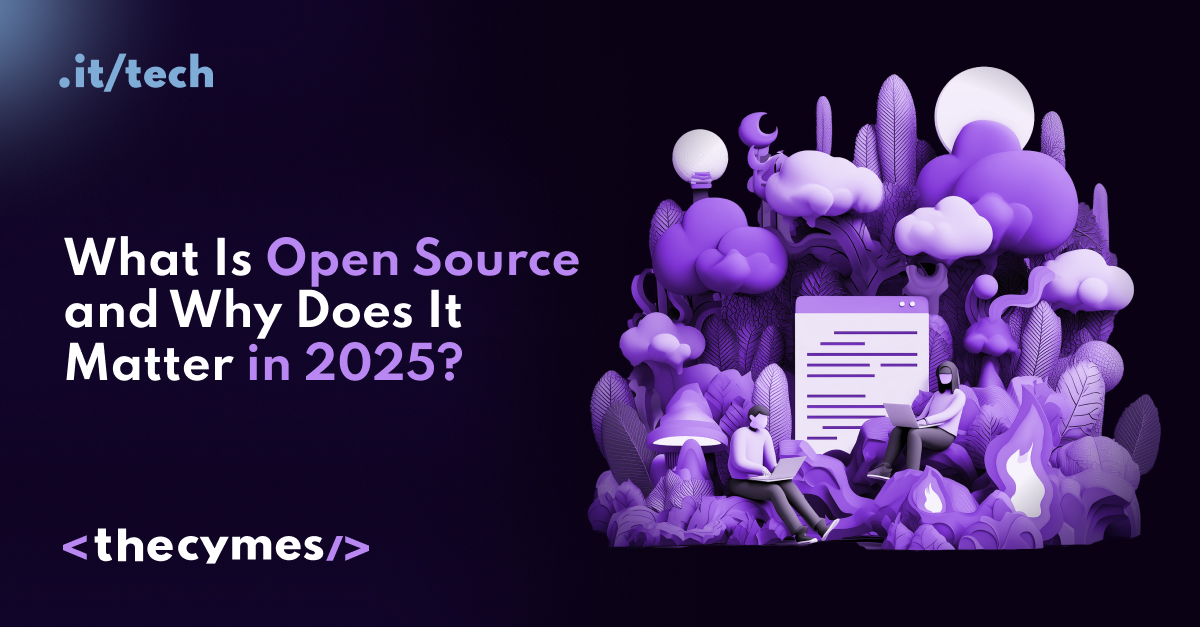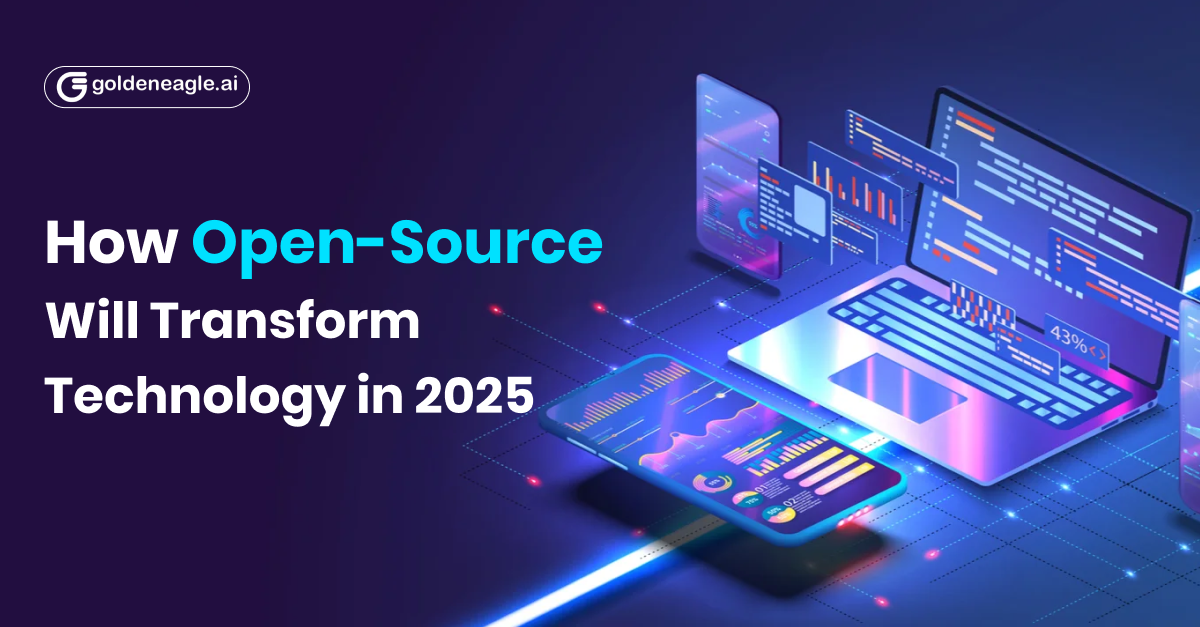Open Source is now the Starting Line
(2025-09-23T12:09.241Z)
Perplexity Query
(2025-09-23T12:09
.241Z)
Question:
How is Open Source Software (FOSS) changing how software gets made, maintained, and improved? How does it give an advantage to new market entrants like startups? How can organizations with legacy technology and software products gain advantage in rebuilding there legacy software into updated software using best practices?
Image References:
Please include the following image references throughout your response where appropriate:
Model: sonar-pro
Open source software (FOSS) is fundamentally transforming how software is developed, maintained, and improved by making collaboration, innovation, and access central to software creation. This shift benefits new entrants like startups by lowering costs, accelerating development, and increasing market agility, while providing organizations with legacy systems a pathway to modernize and compete by adopting best practices and leveraging community-driven innovation.
How FOSS Is Changing Software Creation and Maintenance
- Global Collaboration and Community-Driven Improvement: Open source makes source code freely available for anyone to view, modify, and enhance, allowing a global community of developers to contribute ideas, patches, and features[1][2]. This model accelerates bug fixing, security updates, and functionality additions, often outpacing proprietary approaches[2].
- Image Reference:

- Cost Efficiency and Scalability: The elimination of licensing fees enables organizations to experiment, scale, and iterate without prohibitive upfront costs[2][1]. According to recent reports, 96% of organizations are increasing or maintaining their use of open source, with cost reduction being the primary driver[2].
- Modular, Composable Systems: Modern open source projects, especially in enterprise, emphasize modular architectures using APIs and microservices[3]. This composability enables rapid integration of new features and replacement of outdated components, which is much harder with legacy proprietary systems[3].
- Rapid Digital Transformation and Innovation: Open source facilitates the integration of AI and automation, powering digital transformation initiatives at both startups and large enterprises. The adoption of low-code platforms and citizen development, often built on open-source software, empowers a broader range of users to create solutions and drive business value[3].
FOSS Advantages for Startups and New Entrants
- Lower Barriers to Entry: Startups can access world-class development tools, libraries, and platforms without the high costs of proprietary software, making it easier and faster to launch products[1][2].
- Faster Time-to-Market: By building on existing open-source code and frameworks, startups can focus engineering effort on differentiation and unique features rather than reinventing basic capabilities. This composable approach speeds up MVP development and iteration[2][3].
- Access to Talent and Ecosystems: The open-source ecosystem fosters vibrant communities where new entrants can find collaborators, mentors, and contributors. Participation in popular projects also helps startups attract and retain specialized talent[1].
- Image Reference:

- Community-Led Security and Improvements: Open-source projects benefit from collective scrutiny, which can lead to faster identification and resolution of security and functionality issues compared to closed-source counterparts[2][4].
Leveraging FOSS Best Practices to Modernize Legacy Systems
Organizations with legacy technology can strategically capitalize on FOSS for modernization:
- Incremental Modernization via Modularization: By decomposing legacy monoliths into microservices or modular components, organizations can selectively replace or upgrade parts of their systems with open-source equivalents, reducing risk[3].
- Integration with Low-Code and Automation Platforms: Low-code and automation solutions often built atop open-source frameworks allow business users to augment and replace legacy business processes without extensive technical rewrites[3].
- Continuous Improvement and Community Learning: Open-source methodologies emphasize transparency, peer review, and frequent releases. Adopting these processes as part of the modernization effort ensures systems remain up-to-date and resilient[1][2].
- Image Reference:

- Bridging Skill Gaps and Fostering Collaboration: By participating in open-source communities and reskilling teams on open-source technologies, organizations can address the developer talent shortage and future-proof their IT workforce[1][3].
Summary of Advantages:
| Aspect | FOSS/Modern Approach | Legacy Approach |
| Cost | Low/none for software | Significant licensing/upgrade fees |
| Agility | Rapid change, modular design | Slow, monolithic changes |
| Talent/Ecosystem | Globally accessible | Limited, vendor-locked |
| Security | Community scrutiny, fast fixes | Vendor pace, closed disclosure |
| Digital Transformation | Built-in automation/AI tools | Bolt-on, expensive integrations |
Organizations—established or new—that embrace FOSS and its best practices can efficiently innovate, reduce costs, attract talent, and remain competitive in the evolving software landscape[1][2][3].
Citations
[1]: 2025, Jun 11. Open Source Software in 2025: Trends, Benefits, and ... - BIX Tech. Published: 2025-06-11 | Updated: 2025-06-11
[2]: 2025, Jun 16. Key insights from the 2025 State of Open Source Report. Published: 2025-04-10 | Updated: 2025-06-16
[3]: 2025, Sep 23. Open-Source Software versus Proprietary Software in 2025. Published: 2025-06-10 | Updated: 2025-09-23
[4]: 2025, Sep 23. Predictions for Open Source Security in 2025: AI, State Actors, and .... Published: 2025-01-23 | Updated: 2025-09-23
[5]: 2025, Sep 23. Measuring the Impact of Early-2025 AI on Experienced ... - METR. Published: 2025-07-10 | Updated: 2025-09-23
[6]: 2025, Sep 23. [2507.09089] Measuring the Impact of Early-2025 AI on Experienced .... Published: 2025-07-12 | Updated: 2025-09-23
[7]: 2025, Sep 23. [PDF] 2025 State of Open Source Report - OpenLogic. Published: 2025-05-06 | Updated: 2025-09-23
[8]: 2025, Sep 04. Driving Open Source forward: make your impact in 2025. Published: 2024-12-03 | Updated: 2025-09-04
